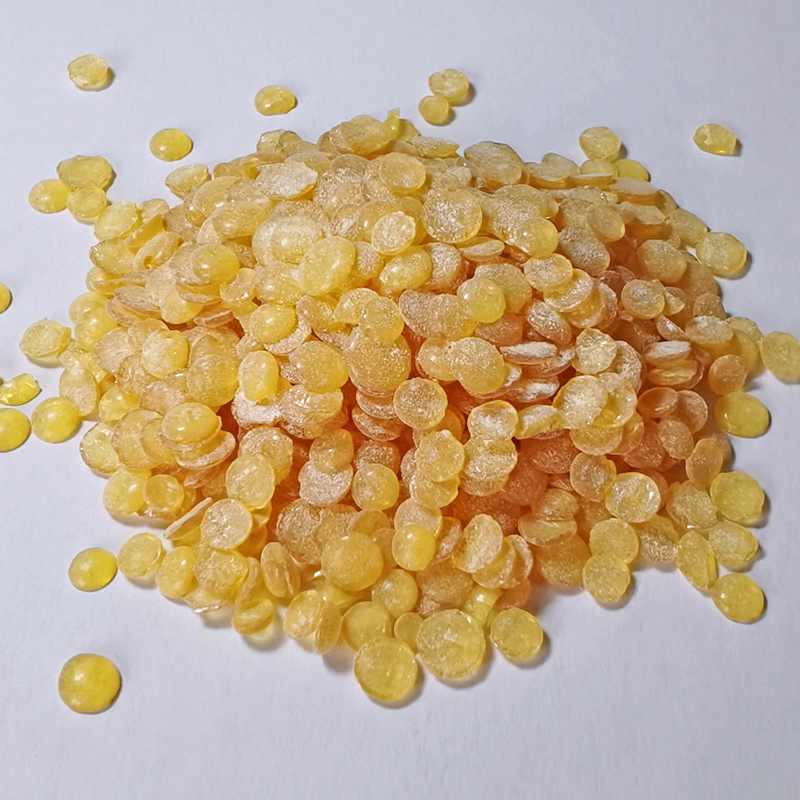Petroleum resins can generally be classified into C5 aliphatic (aliphatic), C9 aromatic (aromatic hydrocarbons), DCPD (cycloaliphatic) and pure monomers (such as poly SM, AMS (alpha methyl styrene) and other products) For the four types, the constituent molecules are all hydrocarbons, so they are also called hydrocarbon resins (HCR).
Petroleum resins are classified into aliphatic resins (C5), cycloaliphatic resins (DCPD), aromatic resins (C9), aliphatic/aromatic copolymer resins (C5/C9) and hydrogenated petroleum resins according to different raw materials. C5 hydrogenated petroleum resin, C9 hydrogenated petroleum resin
2. Structure of petroleum resin
The chemical element structure model of petroleum resin:
Petroleum resin production applications are most C9 petroleum resin and C5 petroleum resin.
(1) C9 petroleum resin
C9 petroleum resin specifically refers to a resinous substance that contains nine carbon atoms "alkenes or cyclic olefins polymerized or copolymerized with aldehydes, aromatic hydrocarbons, terpenes, etc."

C9 petroleum resin, also known as aromatic petroleum resin, is divided into thermal polymerization, cold polymerization, tar and other types. The cold polymerization product has light color and good quality, with an average molecular weight of 2000~5000. Light yellow to light brown flakes, granules or blocks Solid, transparent and shiny, with a relative density of 0.97~1.04. The softening point is 80~140℃. The glass transition temperature is 81°C. The refractive index is 1.512. The flash point is 260°C. The acid value is 0.1~1.0. The iodine value is 30~120. Soluble in acetone, methyl ethyl ketone, cyclohexane, dichloroethane, ethyl acetate, toluene, gasoline, etc. Insoluble in ethanol and water. It has a cyclic structure, contains some double bonds, and has high cohesion. There are no polar or functional groups in the molecular structure, and no chemical activity. Good acid and alkali resistance, chemical resistance, and water resistance. It has poor bonding performance, high brittleness, and poor aging resistance, so it is not suitable to be used alone. It has good compatibility with phenolic resin, coumarone resin, terpene resin, SBR and SIS, but it has poor compatibility with non-polar polymers due to its high polarity. Combustible. Non-toxic.
(2) C5 petroleum resin
C5 petroleum resin is gradually replacing natural materials due to its high peeling and bonding strength, good fast adhesion, stable bonding performance, moderate melt viscosity, good heat resistance, good compatibility with polymer matrix, and low price. Resin tackifier (rosin and terpene resin).
The characteristics of refined C5 petroleum resin in hot melt adhesive: good fluidity, can improve the wettability of the main material, good viscosity, and outstanding initial adhesion performance. Excellent anti-aging, light color, transparent, low odor, low volatile matter. In hot melt adhesives, ZC-1288D series can be used alone as tackifying resins, or mixed with other tackifying resins to improve certain characteristics of hot melt adhesives.



 English
English Português
Português Español
Español русский
русский 中文简体
中文简体










